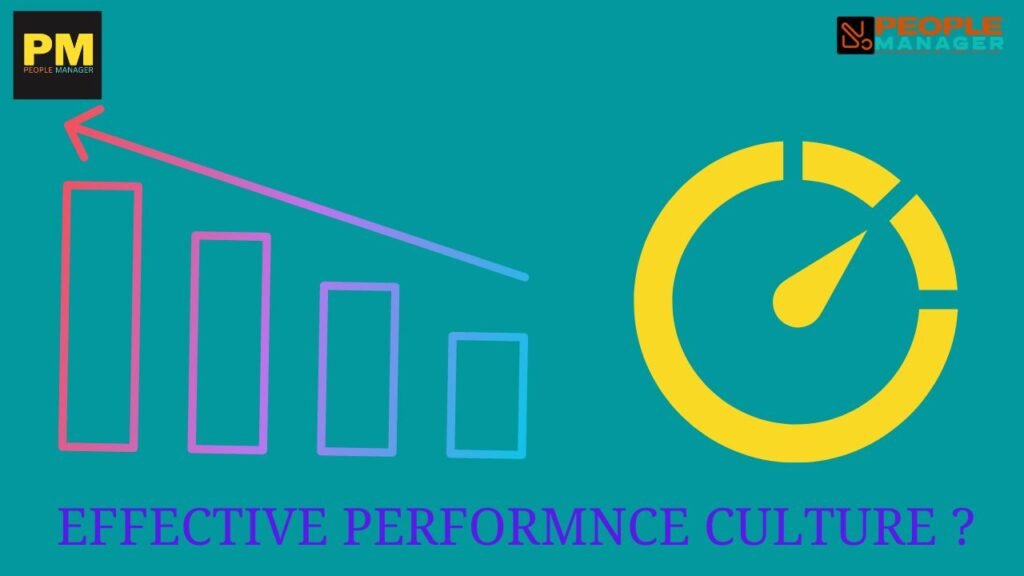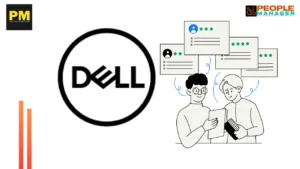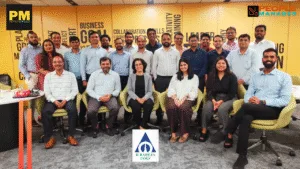Design Effective Performance Culture in the New World of Work: How & Why?

A powerful change in perspective is Feed-FORWARD. Feedforward focuses on the future rather than the past. It offers suggestions and ideas for how to move forward and shifts the focus from blame or criticism to action and improvement.
Sometimes, the leader feel overwhelmed at performance conversation. Where leaders still are navigating tough conversations and coaching teams, how to design a performance-driven culture.

HIGHLIGHTS:
- How companies can adopt and build an effective performance culture in their Organization.
- Organizations are adopting the future of work models and shifting employee-people leader power dynamics.
- Organizations need to re-evaluate business processes to suit the new ways of work.
- Performance discussions still called out as painful, ignored, or dis-trusted.
- Tips from Performance Design Leader’s Experience:.
Design Effective Performance Culture in the New World of Work: How & Why?
New year has starting and organization soon resuming the performance reviews for previous year. How companies can adopt and build an effective performance culture in their Organization to achieve more on organizational performance? In this article, we are covering that how organization can “Design Effective Performance Culture” in the new world of work.
With the new hopes and fear of economic slowdown and jobs cuts, the new year started with new dilemma for Industries. To cope with these challenges, Organizations are adopting the future of work models and shifting employee-people leader power dynamics.
In context to dynamic changes in organizational working model, business need to re-evaluate business processes to suit the new ways of work, that the one fundamental aspect of careers is overlooked and needs a different lens is Performance Culture.
Unfortunately, with adopting the future of work culture, the performance discussions still called out as painful, ignored, or not trusted to guarantee a great outcome for individuals. Employees still struggle to derive values from performance review discussion, the important process for organization and where leaders feel challenged as well.
Sometimes, the leader feel overwhelmed at performance conversation. Where leaders still are navigating tough conversations and coaching teams, how to design a performance-driven culture.
Here are some tips from Performance Design Leader’s Experience:
Let Employees Design Own Career Mantra
As a work glossary, employees get stuck with the notion that their manager will drive their career, will provide all opportunities, leaders are more aware and knowledgeable than the employees, and that they will take care of them. Once the fallacy of these notions hits the employee, they would have created an untoward attitude to their managers, teams, and even organization.
It is imperative that organization leaders should provide all enablement to employees. Design learning program’s to raise awareness, and transparent information on how to navigate their careers. A psychologically safe space needs to be created to perform work autonomously in a trust-based environment.
Clarify Organizational Goals and relate it to Individual’s Purpose
In the challenging and dynamic business process, goal setting is not a one-time activity in Performance Culture. Connecting organizational strategy and goals into the team and individual goals is crucial to achieve a shared vision across all levels of the organization. People leaders must articulate goals transparently with teams and in their 1-on-1s with individuals. It is crucial to share all available resources transparently and keep track of team goals and KPIs in team meetings.
In individual 1-on-1s, both parties need to clearly identify, articulate, and maintain goals in your development systems covering three aspects:
1. Business goals – What an individual have to contribute to the larger vision and strategy of the organization. In part of creating broader process and expend capabilities.
2. Positional Goals – What an individual can do to exemplify his efforts towards organization goals. For effective management and leadership capabilities around focused mindset, Job management and people development.
3. Development goals – What are the current skills and what skills are needed based on not just individual interests and needs of the business? This is also an opportunity for employees to reflect on how to grow out of their comfort zone, and how people leaders can facilitate this learning.
Define in-Spot Moment Conversations
It is observed that employees wait for a formal meeting to discuss key aspects of development. It is important for people leaders and employees to address points on the go and transparently. Manager-employee relations are strengthened, and development is facilitated when such in-spot-moment conversations covering “How” aspects are done in daily conversation.
This leads to developing a coaching mindset in both parties. One another fallacy in performance conversations is the perception that people leaders know all the answers to employees’ questions. Organizations need to enable systems such as mentorships, where employees can approach experts from a pool of mentors to address specific topic-based development needs.
Culture of Feed-Forward not Feedback
Performance review is considers as feedback conversation between manager and employees. A powerful change in perspective need to adopt is Feed-FORWARD. Feedforward focuses on the future rather than the past. It offers suggestions and ideas for how to move forward and shifts the focus from blame or criticism to action and improvement.
Feed-FORWARD provide open space to offer suggestions, encouraging ownership, co-relating to how learning and contribution can be enhanced, and being better prepared for future roles to help each person thrive and excel. While many would think this is obvious, you would be shocked how many leaders still use performance reviews to look back while analyzing performance.
The five biggest fallacies of this feed-BACK process are that it assumes:
1. Past performance indicates future results
2. Leaders have more knowledgeable than employees.
3. Focus on “What” have achieved, rather than “How”.
4. Team members are self ridden and hence need to show blind spots.
5. Manager’s aspirational career guide them what the journey could be.
Possibilities are New Realities
It is well learned proved that focusing on people’s shortcomings or gaps doesn’t enable learning. It impairs the objective of performance conversation. Having said that, the improvements that we are going for, don’t happen because it isn’t given in a way an employee can embrace them.
At the end, it is a need of time that people leaders need to customize the structure and content of their conversations to drive the best results for individuals. A preparatory note or a simple chat before a meeting to set expectations help to make the best use of the time. Performance conversations should be co-owned by Manager’s and employees.
It is that time of the year when colleagues are back from their year-end vacations and are looking for motivation to start back at work. While motivation is intrinsic, providing direction, support and inspiration can go a long way in creating a growth mindset to invigorate taking challenging tasks, growing out of comfort zones, and propelling learning in the organization.
- How this Healthcare Company Prioritizes Career Growth, Internal Mobility, and Continuous Learning to Retain Talent - July 24, 2025
- Why Are Dell Employees Reeling Under Work Pressure? - July 23, 2025
- How an software engineer become HCM architect to align enterprise solutions in Human-Centered HR Digitization - July 19, 2025








